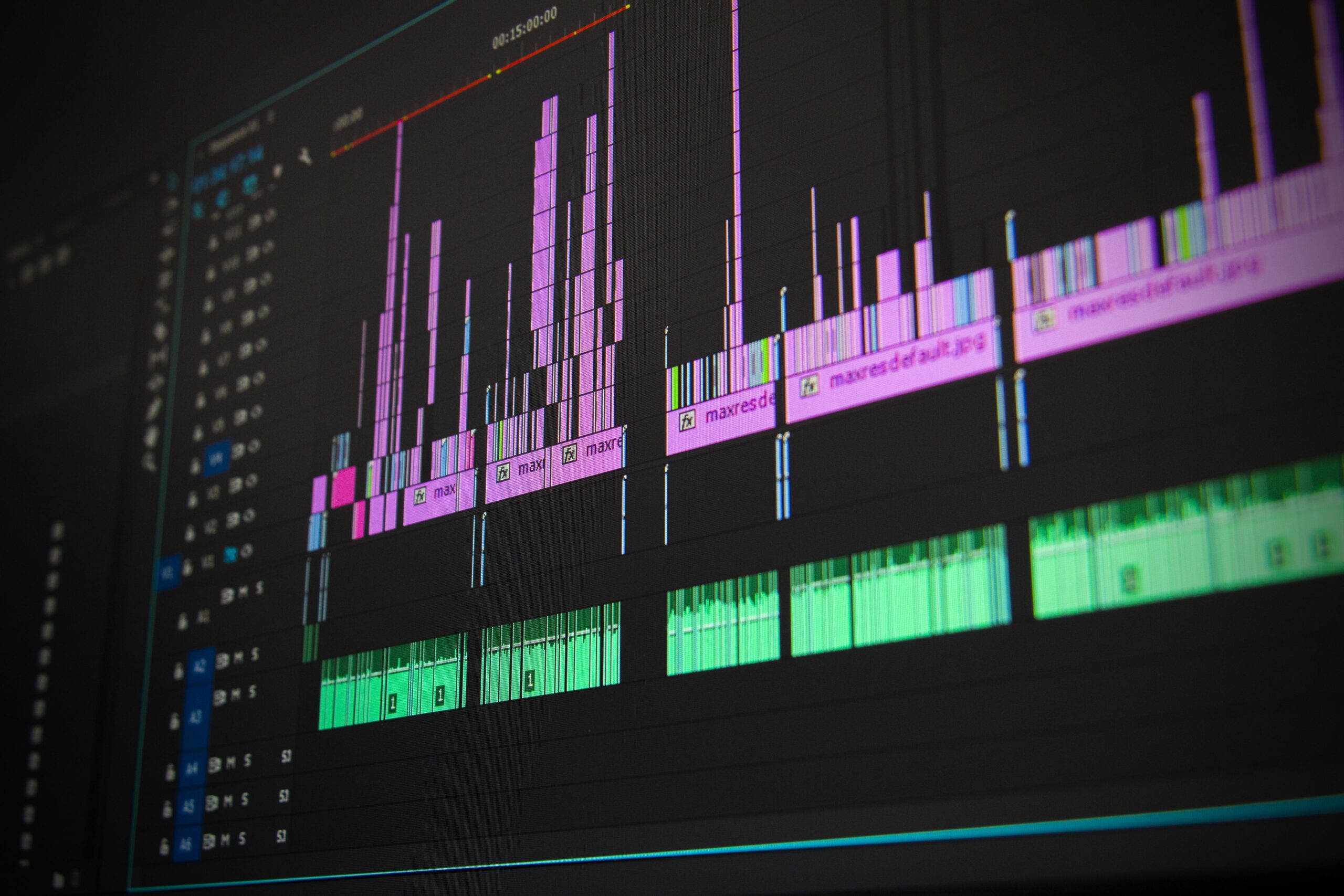Artificial Intelligence and Neural Networks on Guard of Production

Artificial intelligence (AI) has firmly entered the life of a modern person and the routine of any production process. AI is mimicking (only) the behavioral pattern of living entity.
AI training is based on a lot of data (big data). If the training is performed without the involvement of ready-made models, then this is called machine learning.
To solve problems with machine learning methods, knowledge from such areas as mathematical statistics and analysis, optimization methods, probability theory, numerical methods, graph theory, etc. is involved.
Machine learning is inductive learning, that is, learning based on empirical patterns and data. There is a certain sample – training sample. It is a set of situations (objects) and corresponding results (responses, reactions). An algorithm capable of producing a realistic response for any input signal (object) should be built. The performance of such an algorithm is measured using the quality functional.
In industry, machine learning is often used for pattern recognition. For example, an artificial neural network is used for this. The essence of learning is to find the coefficients of connections between neurons. Most importantly, a neural network is able to identify complex relationships between inputs and outputs, as well as make generalizations. So the neural network is able to finish what is missing, that is, restore the image.
There are several types of common tasks that are solved using machine learning in manufacturing:
1) Optimization of the production process,
2) Prediction of equipment failure.
I give a few examples for each item in the framework of the neural network training method.
Optimization of production processes is possible with the help of computer vision (pattern recognition). For example, the selection of objects moving along the conveyor. For example, a large stone can clog a crushing machine if it is not removed in time.
Predicting equipment failure can bring great benefits. Timely replacement of equipment will allow not to stop business processes. For example, the forecast for the replacement of a piece of pipeline, which is based on external and internal factors of exploitation. External factors are temperature, depth of burial, acidity and humidity of the environment, and so on. Internal factors are pumping volumes, composition, pressure, and so on.
However, for the successful digitalization of production, the customer, the owner of the production, should ensure the solution of some problems.
The main tasks that the customer must solve
1) Data collection. Sensors in modern production must be digital for this, information must be accumulated and complete.
2) Evaluation of factors. Only the owners of production or employees can set priorities correctly.
by Iren Kolov,
Analyst at CounselSenses


